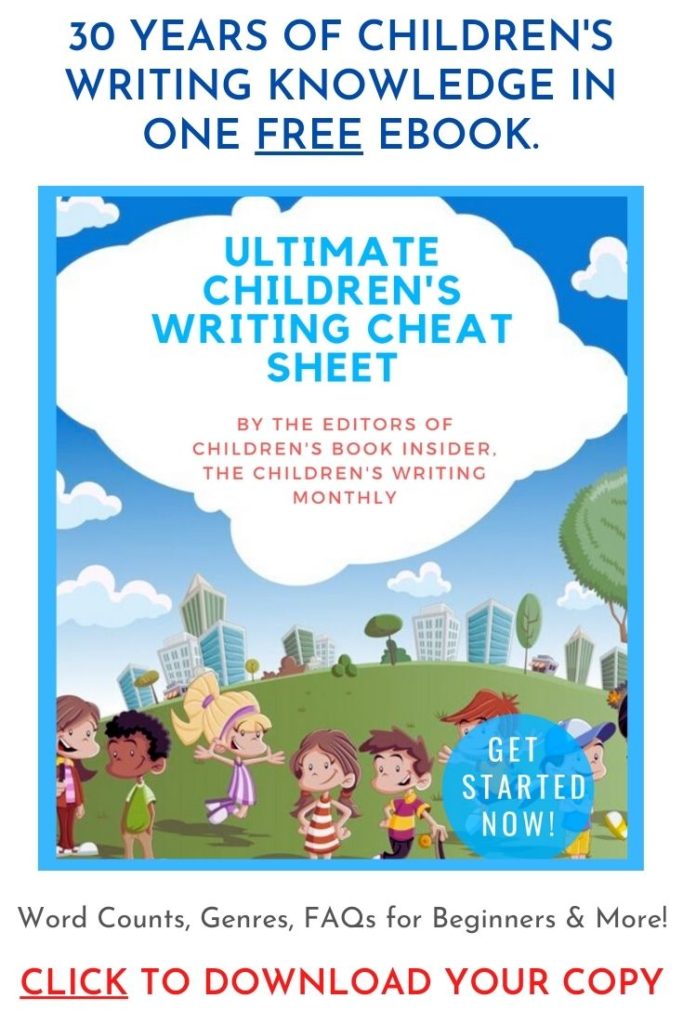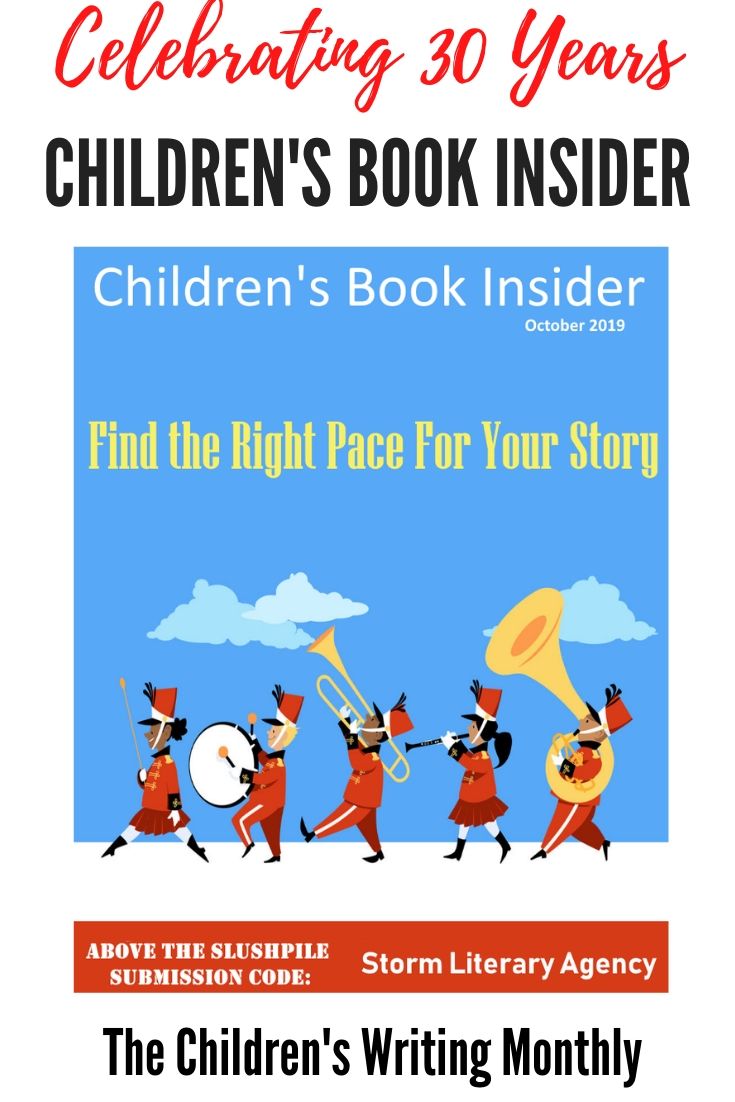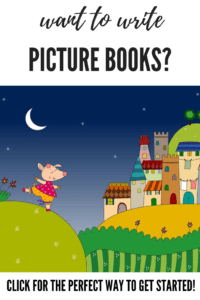
by Laura Backes, Publisher, Children’s Book Insider
Here are the standard word counts, page lengths and formats in the traditional categories of children’s books for authors who are self-publishing ebooks, apps, or print books that they will be selling online:
Picture Books: Anything you want
Easy Readers: Anything you want
Chapter Books: Anything you want
Middle Grade: Anything you want
Young Adult: Anything you want
Yep, we said it. All the rules are being tossed aside in the new age of self-publishing. With electronic books, you’re no longer bound by traditional page counts dictated by the printing presses, or formats that must adhere to particular selves in Barnes & Noble. If you’re self-publishing a print book, you get to decide what it looks like, who it’s for, and how to market it.
That being said, it’s still a good idea to study the typical books in these categories being produced by publishers (see Understanding Children’s Book Genres) and incorporate the guidelines that make sense for your project. Easy readers are written in simple sentences, with lots of action and dialogue, to allow beginning readers to dive into the story with text that isn’t overwhelming. Picture books don’t use much description because the illustrations fill in the details. Young adults are reading about topics that aren’t appropriate for kids in third grade.
But what if you want to create a fully-illustrated picture book with a story that appeals to teens? Try it. What if you want to write a middle grade novel that’s really three 5000-word stories involving the same characters, published in one volume, and make it an interactive ebook? Go for it. Or suppose you have a picture book for preschoolers that teaches simple math concepts within a silly mystery story, and it ends up being 34 pages long? It’s completely up to you.
This generation of readers has grown up with the internet, YouTube, ebooks and apps. They are more than open to new ideas, and are comfortable with illustrations and design concepts we never though of at their age. Even established authors, illustrators and publishers are starting to experiment. Brian Selznick proved this with his groundbreaking illustrated novels, The Invention of Hugo Cabret and Wonderstruck. Now it’s your turn.
What are you going to create?






Very true. There’s no fun if everyone writes the same things, it’s meaningless in fact.The fun is in the experimentation, both for the reader and the writer. Good post.